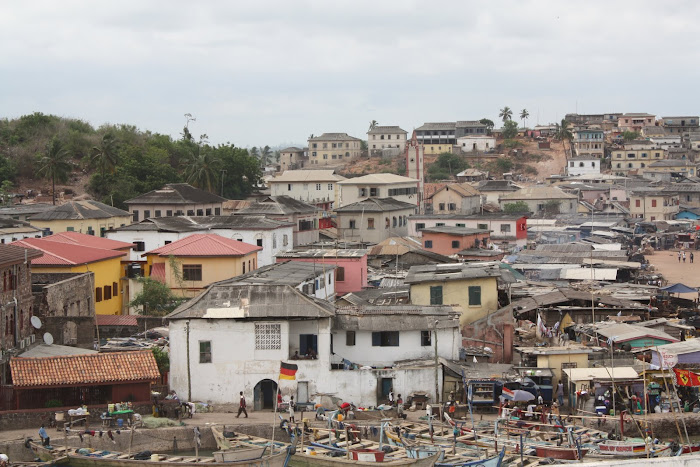
•To illustrate the impact of the slave trade on slave traders themselves, the students will begin class by listening to a recording of ‘Amazing Grace’ and learn the history behind John Newton’s famous hymn. (Newton was once a captain of a British slaving ship). Please See Link.
In small groups, have students decode the meaning of the lyrics within the greater
historical context of the slave trade and Newton’s life.
•The teacher will wrap up by restating Gates’ statement from the previous evening’s homework. Allow time for discussion before showing the film Family Across the Sea. This is a documentary that chronicles the work of Joseph Opala, a linguistic anthropologist who believes that he has discovered the African roots of the Gullah people, descendants of the slaves of the sea islands in SE United States. This film, which discusses the Bunce Island slave depot of the coast of Sierra Leone, will serve as a good source of comparison for the Gold Coast forts. Further, the film illustrates well the limitations of historical evidence surrounding African American origins as a result of the slave trade. It’s a great opportunity for an extension lesson on the constraints of conventional data analysis in piecing together Africa’s past. One can explore with her students, other more effective data when studying Africa (i.e. oral histories, linguistics, archaeology, paleontology, architecture, folkways, etc.)
Homework: Students will examine the validity of Opala’s discovery with an article that follows up his work- “Slave Girl’s Story Revealed Through Rare Records” and an interactive website called “Priscilla: A Slave Story” (See Link).
